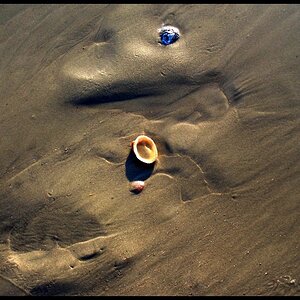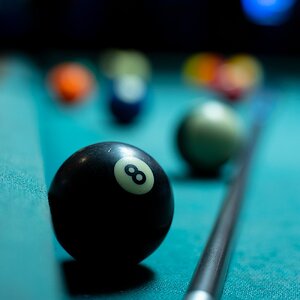rexbobcat
Been spending a lot of time on here!
- Joined
- Nov 28, 2011
- Messages
- 5,014
- Reaction score
- 1,967
- Location
- United States
- Can others edit my Photos
- Photos OK to edit
I'm not really sure where to put this to get more responses so I'm putting it here lol
Okay, so I've seriously become interested in tintypes. No, I'm not trying to be some indie, obscure artist, I just feel that of I could really love the whole process of it of I could ever get off the ground with it. I am willing to invest I this if possible.
Social have a few questions. What cameras are best? Since it's a direct positive process I would assume that a medium or late format camera would work best. But that doesn't narrow it down too much.
Does it matter which format I use? What brand of camera is the best? Are these fixed focal length cameras? Do they function differently from normal SLR type cameras?
I know I sound like a clueless noob (which in this case I pretty much am) but I'm not completely stupid. I have a fairly broad knowledge of general technical photography concepts, but just not that much knowledge about how it pertains to medium and large format.
Okay, so I've seriously become interested in tintypes. No, I'm not trying to be some indie, obscure artist, I just feel that of I could really love the whole process of it of I could ever get off the ground with it. I am willing to invest I this if possible.
Social have a few questions. What cameras are best? Since it's a direct positive process I would assume that a medium or late format camera would work best. But that doesn't narrow it down too much.
Does it matter which format I use? What brand of camera is the best? Are these fixed focal length cameras? Do they function differently from normal SLR type cameras?
I know I sound like a clueless noob (which in this case I pretty much am) but I'm not completely stupid. I have a fairly broad knowledge of general technical photography concepts, but just not that much knowledge about how it pertains to medium and large format.





![[No title]](/data/xfmg/thumbnail/40/40284-f59f6230f0d5b9eacf977f8b0392f087.jpg?1619739407)



![[No title]](/data/xfmg/thumbnail/40/40287-4f839095000f74d779b90ed75df9dc62.jpg?1619739408)



